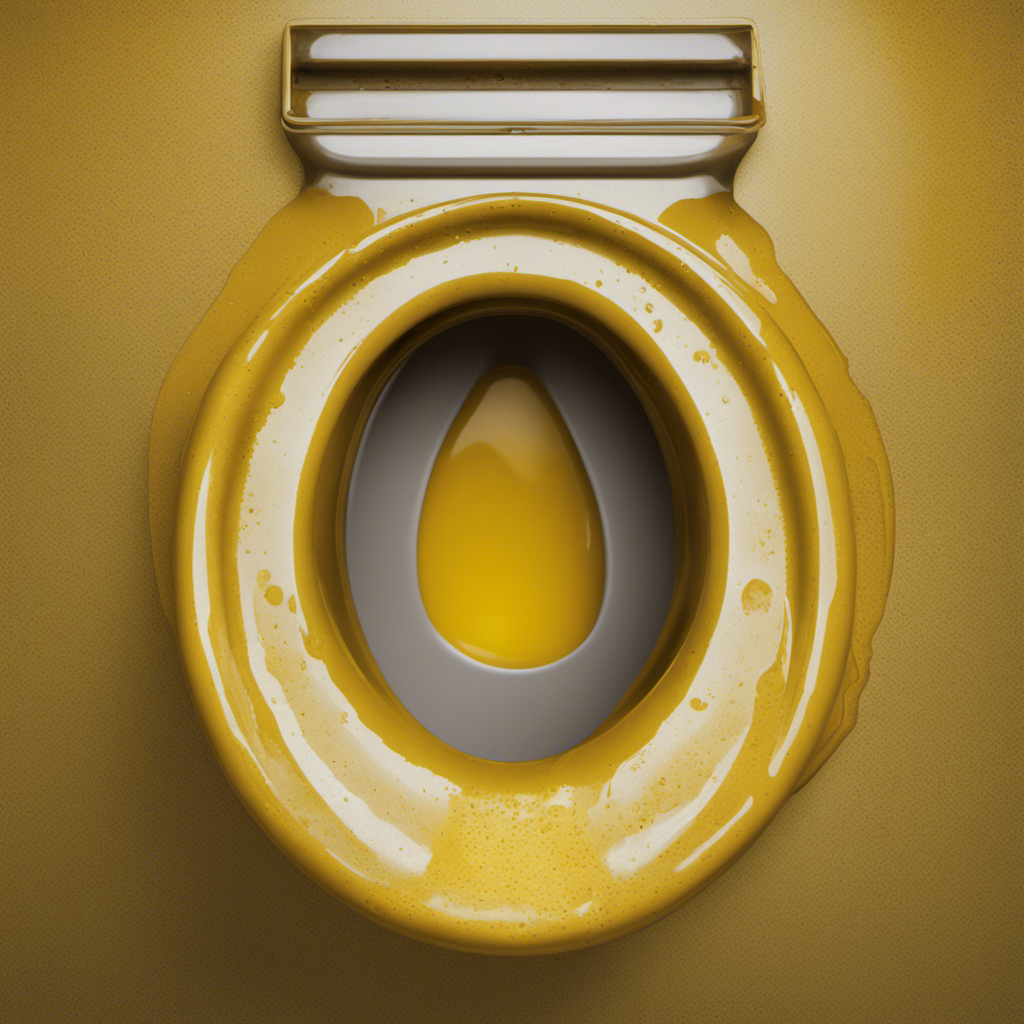I’ve got a problem that’s been causing a major headache lately – my toilet tank is leaking! It’s like a slow drip that just won’t quit, and it’s driving me crazy.
But I’m determined to get to the bottom of this issue and fix it once and for all.
In this article, we’ll explore the common causes of toilet tank leaks, how to identify the source of the leak, and some DIY solutions for fixing it.
So, if you’re dealing with a leaky toilet tank like me, stick around for some helpful tips and tricks!
Key Takeaways
- Improperly tightened bolts connecting the tank to the bowl and lack of toilet tank repair kits are common causes of toilet tank leaks.
- Signs of a leaking toilet tank include constant trickling sound, water pooling around the base of the toilet, sudden increase in water bill, and visible signs of water damage on the floor.
- To identify the source of a toilet tank leak, check the water supply line, examine the fill valve and flapper, ensure proper sealing of the flapper, and adjust the float arm to maintain the correct water level.
- DIY solutions for fixing a leaking toilet tank include turning off the water supply, patching up cracks or holes, replacing a faulty flapper valve, checking and replacing damaged fill valve and flush valve, and performing regular maintenance to prevent leaks.
Common Causes of Toilet Tank Leaks
One common cause of toilet tank leaks is when you haven’t tightened the bolts enough. When the bolts connecting the tank to the bowl are not properly tightened, it can lead to water leakage. To prevent this issue, it is essential to use a wrench to firmly tighten the bolts.
Another way to prevent toilet tank leaks is by using toilet tank repair kits. These kits include components such as gaskets, washers, and bolts that can help fix any leaks.
Regularly inspecting the tank for any signs of leaks, such as water pooling around the base or a constantly running toilet, can also help in the prevention of toilet tank leaks.
Signs and Symptoms of a Leaking Toilet Tank
There are several signs and symptoms that indicate a toilet tank is leaking. It is important to be able to identify these signs in order to prevent further damage and address the issue promptly. One clear indicator is when you hear a constant trickling sound even when the toilet is not being used. Another sign is the presence of water pooling around the base of the toilet or on the floor. Additionally, a sudden increase in your water bill could be a result of a toilet tank leak. To further emphasize the importance of regular toilet maintenance and the causes of water damage, consider the following table:
| Signs and Symptoms of a Leaking Toilet Tank |
|---|
| Trickling sound even when not in use |
| Water pooling around the base of the toilet |
| Sudden increase in water bill |
How to Identify the Source of a Toilet Tank Leak
To identify the source of a toilet tank leak, start by checking the water supply line and the connection to the fill valve. Here are three key areas to focus on when troubleshooting toilet tank leaks:
-
Water supply line: Inspect the water supply line for any cracks or loose connections. Ensure that the connection is properly tightened and there are no visible signs of damage.
-
Fill valve: Examine the fill valve for any wear and tear. Look for signs of leakage around the valve or if it is not sealing properly. Adjust the float arm if necessary to ensure the proper water level in the tank.
-
Flapper and flush valve: Check the flapper and flush valve for any signs of deterioration or misalignment. If the flapper is worn out or not sealing tightly, it can cause water to continuously leak into the bowl.
DIY Solutions for Fixing a Leaking Toilet Tank
Here’s how you can fix a leaky toilet tank using common household items.
To start, make sure to turn off the water supply to the toilet tank.
Next, inspect the tank for any cracks or holes. If you find any, you can use epoxy or waterproof sealant to patch them up.
Another common cause of leaks is a faulty flapper valve. To fix this, simply replace the flapper valve with a new one.
Additionally, check the fill valve and the flush valve for any signs of damage or wear. If necessary, replace these parts as well.
Regular toilet tank maintenance, such as checking for leaks and replacing worn-out parts, can go a long way in preventing toilet tank leaks.
When to Call a Professional for Toilet Tank Leak Repairs
If you’re unsure about fixing the leak on your own, it may be time to call a professional for help with your toilet tank. Here are three reasons why hiring a professional for toilet tank leak repairs is worth considering:
-
Cost-effectiveness: While hiring a professional may seem expensive upfront, it can actually save you money in the long run. A trained plumber can quickly identify the root cause of the leak and fix it efficiently, preventing any further damage that could lead to costly repairs.
-
Timely repairs: It’s important to address toilet tank leaks promptly. Ignoring a leak can lead to water damage, mold growth, and even structural issues. By hiring a professional, you ensure that the problem is resolved quickly and effectively, minimizing the risk of further damage.
-
Expertise and experience: Plumbers have the knowledge and experience to accurately diagnose and fix toilet tank leaks. They have the necessary tools and skills to handle any type of repair, ensuring that the problem is resolved correctly the first time.
Calling a professional for toilet tank leak repairs not only saves you time and effort but also ensures that the repair is done properly, minimizing the risk of future leaks and potential damage.
Conclusion
In conclusion, dealing with a leaking toilet tank can be a frustrating and inconvenient problem.
However, it is important to address it promptly to avoid further damage.
By identifying the source of the leak and using DIY solutions, such as replacing the flapper or tightening the bolts, you may be able to fix the issue yourself.
If the problem persists or if you’re unsure about the repairs, don’t hesitate to call a professional plumber.
Remember, just like a leaky toilet, sometimes it’s best to let the experts flush out the problem for you.










